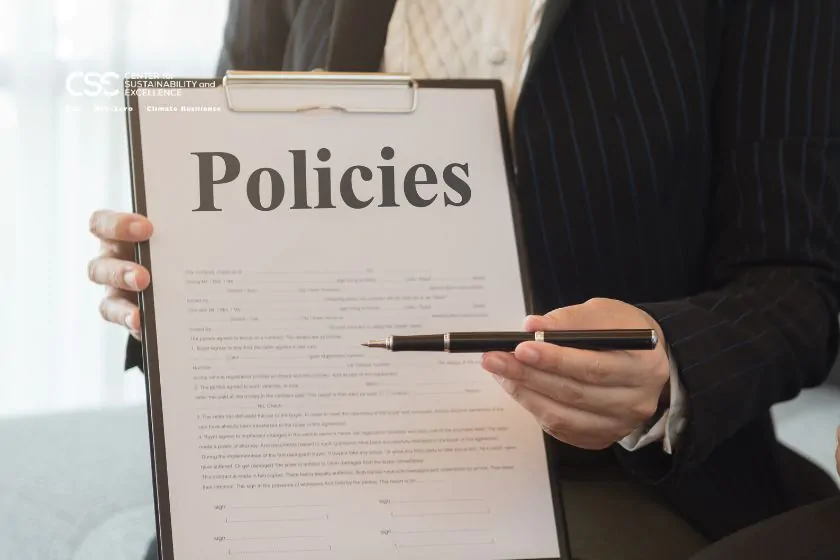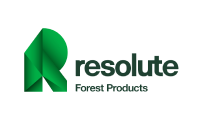In 2025, the landscape of U.S. sustainability policies is shaped as much by politics as by climate science. While federal momentum has slowed, the drive for sustainable practices is shifting toward state-level legislation, private-sector accountability, and growing investor scrutiny. The result? A complex but urgent environment where professionals and organizations must be proactive, informed, and strategically prepared.
Here’s what you need to know—and how you can position yourself for leadership in this evolving space.
1. Politics Over Climate: What’s Driving Sustainability Now?
According to a January 2025 report by Reuters, political pressures—not climate priorities—are increasingly steering U.S. sustainable finance. The once-bipartisan push for ESG integration is now tangled in culture wars, especially in conservative-led states. As a result:
-
State policies are diverging dramatically, with blue states pushing sustainability mandates while red states restrict ESG investing.
-
Federal climate action has slowed, facing gridlock ahead of the 2024 election aftermath and upcoming 2026 races.
-
Private companies are recalibrating their public commitments to avoid backlash, even as internal ESG efforts continue.
This means sustainability professionals must understand the political landscape just as well as the climate science driving it.
2. The Corporate Retreat from Net Zero?
In a dramatic shift, major financial institutions like Wells Fargo have quietly backed away from net-zero targets. The bank removed references to net-zero commitments from its public strategy, citing regulatory uncertainty and political risk.
This trend has several implications:
-
Greenwashing risks are higher as companies de-emphasize climate goals while maintaining public ESG narratives.
-
Sustainability reporting is under scrutiny, especially with evolving SEC disclosure rules and increased demand for transparency.
-
Professionals with real ESG credentials and leadership skills are becoming critical for companies that want to retain credibility while navigating new risks.
3. State-Level Sustainability Tax Policy Gains Ground
Despite federal stagnation, states are stepping up, state-level sustainability tax policies are gaining traction across the U.S.:
-
California, New York, Illinois, and Washington are introducing or expanding tax credits for carbon capture, clean energy, and green building practices.
-
Other states are experimenting with tax surcharges for high-emission activities or supply chains.
-
Businesses must now navigate a patchwork of local regulations and incentives, increasing complexity and the need for specialized knowledge.
For sustainability professionals and consultants, this opens new opportunities to guide regional compliance and green finance strategy.
4. Why Now Is the Time to Upskill
With policy fragmentation and corporate green strategy under fire, professionals who understand the realities of 2025’s sustainability landscape—and know how to lead through them—are more valuable than ever.
The Certified Sustainability Practitioner Program – Leadership Edition 2025 is designed exactly for this moment. This intensive training equips U.S.-based professionals with:
-
The ability to navigate state and federal policy shifts
-
Tools for credible ESG strategy and risk management
-
Leadership skills for cross-sector climate collaboration
🎓 Join the next cohort and future-proof your career: Register for the Certified Sustainability Practitioner Program here
Final Thoughts
2025 is a year of sustainability complexity, not simplicity. From political divides to shifting corporate agendas, staying ahead means staying informed—and prepared to lead with insight and integrity.







